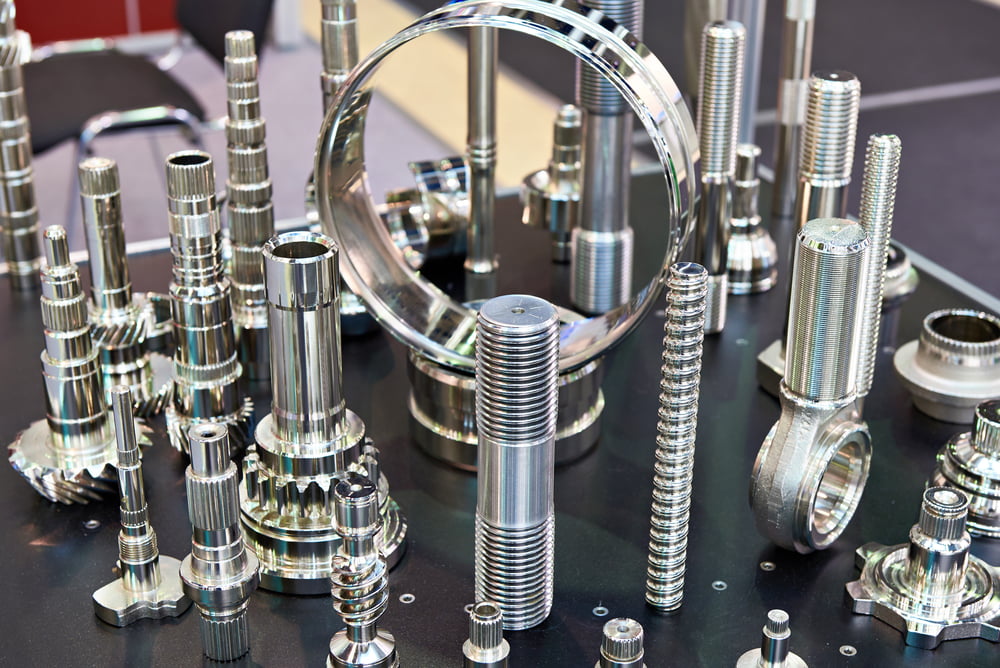If you’re regularly working with machine parts, then you’ve surely come across unwelcome irregularities in the form of burrs. These deformities can be very annoying to deal with, on top of reducing the safety and functionality of each affected piece.
It’s important for you to have these burrs removed in order to smooth out the machine parts for quality assembly.
Definition of Deburring
Deburring is a process in which the imperfections that are known as “burrs” are systematically removed from machine metal parts. There are different types of deburring processes that can remove these burrs— all of which result in smoother, more reliable metal products.
But What Causes a Burr?
The machining process in general commonly produces these pesky defects known as burrs. Burrs are typically formed during any of these following stages of machining:
- Engraving
- Laser cutting
- Waterjet cutting
- Plasma cutting
- Casting
- Forming
- Grinding
- Turning
- Milling
- Sintering
- Molding
- Stamping
- Fineblanking
3 Main Types of Burrs
The formation of a burr usually takes one of these types:
- Poisson burr: These occur when metal over-accumulates at the end of a piece, extending sideways.
- Rollover burr: The most common type of burr, this looks like a tiny piece of curled metal popping out of the part.
- Breakout burr: These have a distinguishable upswelling form, making them appear like they’re breaking out of the piece.
How Do You Remove Metal Burrs?
Fortunately, with the correct equipment and procedures, deburring is a rather simple process. Depending on the metal and application, deburring can take a few distinct forms:
Manual Deburring
This is the most popular and cost-effective deburring procedure. Manual deburring involves expert technicians manually scraping or buffing burrs out of metal parts with simple tools. Although this procedure is simple, it is time-consuming and has the potential to significantly limit production.
Mechanical Deburring
A deburring machine is used to grind the burr away. This procedure is more expensive but far more efficient than manual deburring, making it a common choice in machining operations.
Thermal Deburring
Thermal deburring generates thermal energy by scalding the burrs out of the metal using combustive gases. This method is frequently used to remove the most difficult-to-remove burrs, such as those found in cracks or crevices, or to handle burrs on many surfaces at the same time.
Electrochemical Deburring
An electrochemical deburring solution is used to channel energy through the burrs. The electrochemical energy blows the burrs away while leaving the surrounding metal untouched. This method is best suited for working with particularly tough metals, reaching difficult places, and maintaining great precision in burr removal.

